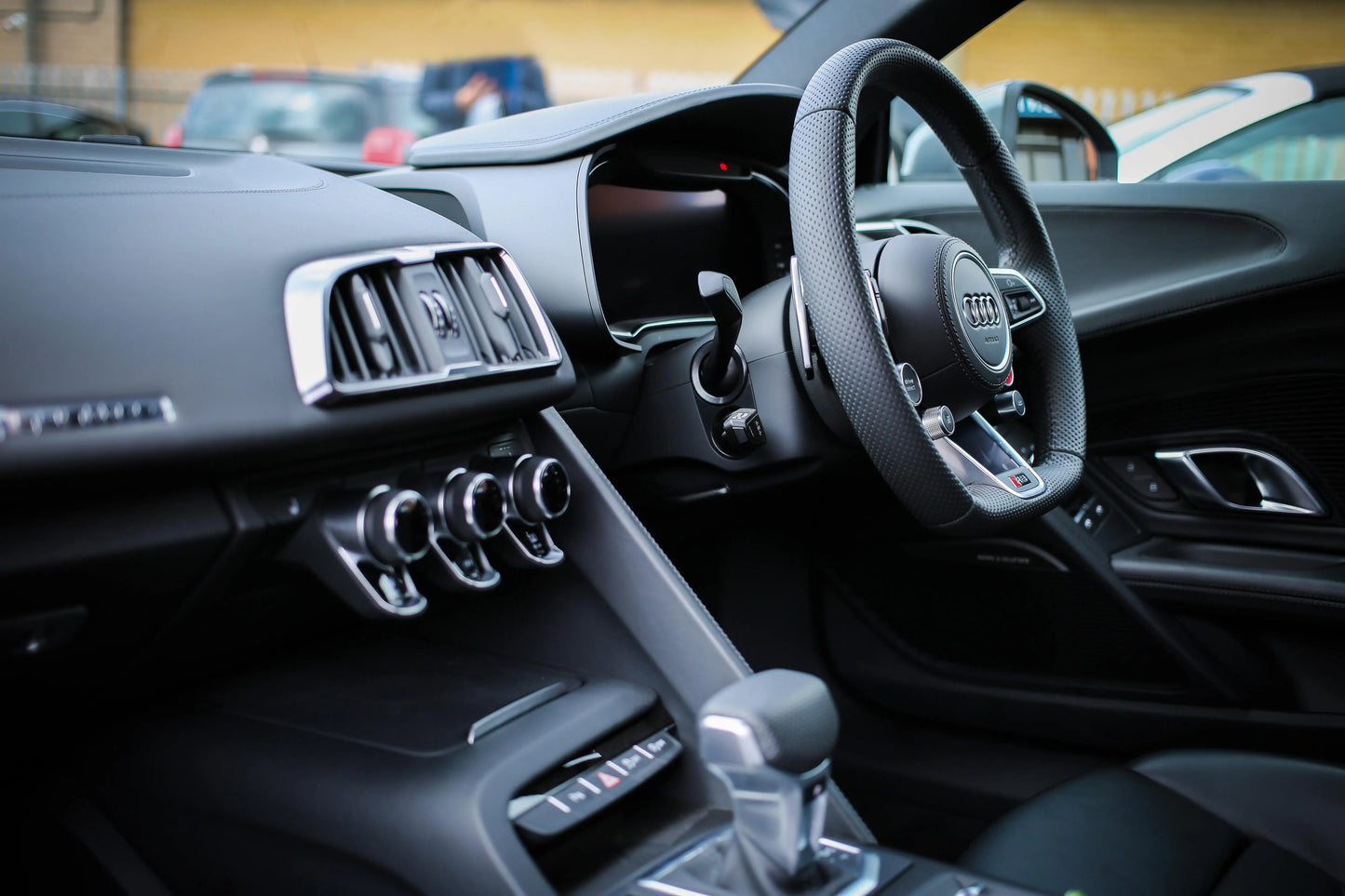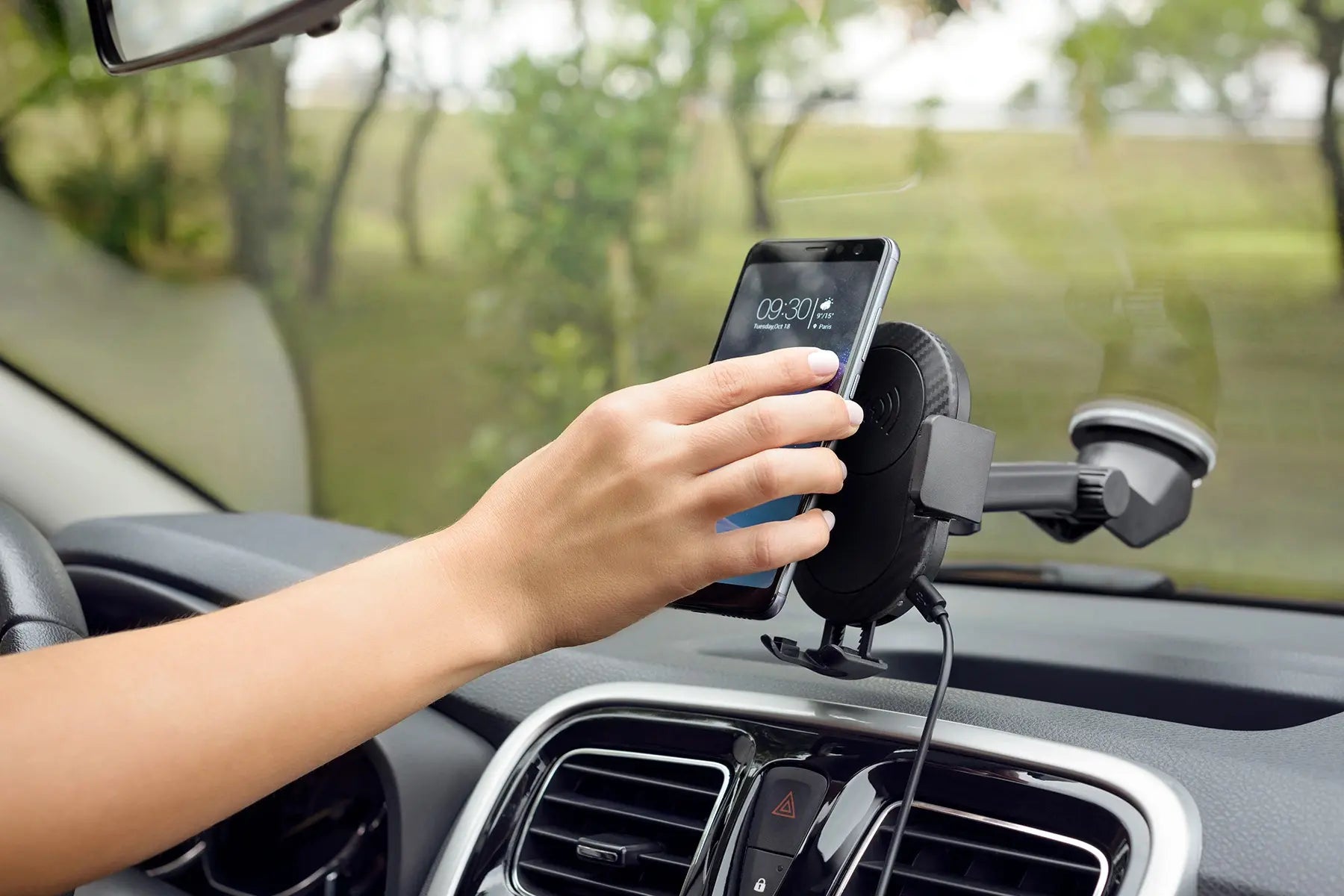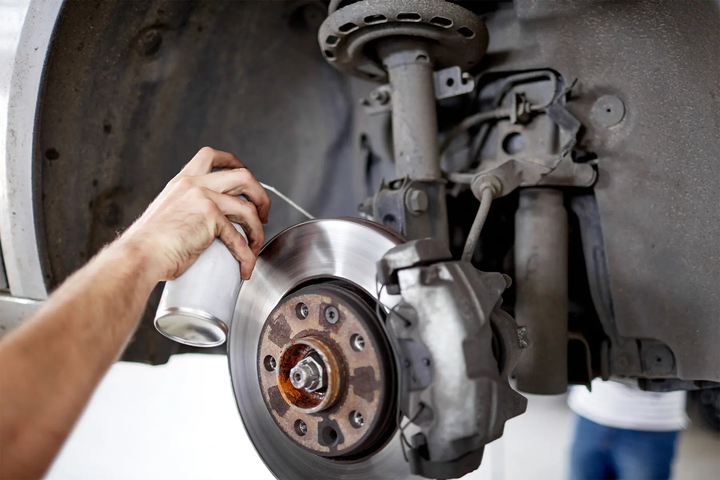
Plastic is a synthetic material with a lot of oils within it; these oils give the plastic its color and shine. Unlike the paint on your car, these plastic pieces don’t have any clear coat that protects it from losing these oils.
The big enemy to plastic, no matter where you live, is the sun, or more specifically, ultraviolet rays, or UV. These rays slowly but surely dry out the oils in the plastic and damage the material at a molecular level, making it difficult to restore a now damaged piece of trim. The oil dries out, dehydrates, and loses its color.
The other cause of damage to your plastic parts is your environment, particularly excessive dirt and the salt that cities will lay down to combat strong snow seasons, adding something for you to consider in the winter besides your windows fogging up.
All of this makes it important to take care of your car with regular washes, polishes, and proper storage, especially if you live in a place that experiences intense summers and winters. Read on to learn more in this article of shine armor blog!
Related car detailing products:
- Shine Armor Graphene Ceramic Spray
- Spray Wax Quick Coat for Cars
- Performance Booster Oil Additive
- Armor Suds Graphene Shampoo
Understanding Sun-Damaged Plastic
Before we jump into the restoration process, let's understand what happens when plastic is exposed to prolonged sunlight. UV rays can break down the chemical bonds in plastic, causing it to fade, discolor, become brittle, and lose its structural integrity. This section explains the science behind sun damage and its effects on plastic surfaces.
Preparation: Assessing the Damage
The first step in any restoration process is to assess the extent of the damage. We'll guide you through inspecting your plastic surfaces and identifying signs of sun damage. This step is crucial in determining the appropriate restoration approach.Cleaning and Surface Preparation
Clean plastic is key to successful restoration. Learn how to properly clean the sun-damaged plastic to remove dirt, debris, and any residues. We'll also cover the importance of surface preparation before applying restoration products.
How To Restore Your Plastic
1. Heat Gun
The plastics on your car have lost some of the oils within them at the top layer over the years due to UV damage and general wear over time. However, that doesn’t mean that they don’t have any oil at all left. Using gentle, even heat, we can actually pull some of the oils from the interior of the plastic out to the front and bring back that shine that they provide.
You don’t want to blast the plastic with a heat gun, though, as some will get hot enough to actually melt the plastic. Keep the settings to medium-low and patiently work your way over the plastic. The key to this is to be as even and slow as you can be, focusing on small sections and moving forward.
While this process will work, there are a few things to keep in mind. For one, it isn’t going to be instant. Like we said, patience is essential, so put aside an afternoon to work.
Secondly, this isn’t really something that you can do regularly to keep up your plastics. The deep black is from internal oils, which we know have degraded over time, and by heating up the plastic, we’re pulling the internal oil to the top.
However, the plastic doesn’t have an unlimited amount of oil, and thus you can only expect to do this a small handful of times before you’ve completely dried out the material, inside and out.
Read this article: What is a Good Substitute for Car Wash Soap?
2. Paint
Depending on how old your car is and how worn your plastic parts are, repainting them might just be your best option. And it can be pretty easy and affordable if you do it properly.
There are plenty of spray paint options that offer UV protection and a matte black finish, which is likely what you’ll want unless you’re really looking to spice up your car's style.
We recommend removing all of the pieces and panels you want to be repainted because applying masking tape can be quite the time-consuming event. It still works, but it’s going to be much easier to just pop them out if you can.
Make sure everything is clean and dry before starting to make sure that whatever paint you’ve picked out will stick firmly, and lay down some protection so that you don’t end up covering your garage floor or driveway. A thin piece of painter’s plastic will do.
Make sure to follow the directions on whatever paint product you choose; they typically have a certain amount of time they need to dry and information on how many coats to apply. Once they’re all done, put them back into place and wrap up the process with a good clean down with a high-quality car wash soap.
Read this article: Why is My Car Making a Whining Noise?
3. Paint Thinner
Paint thinner is a pretty heavy-duty product, so let’s start with safety. Anytime you work with paint thinner, always make sure that you’re taking all the precautions necessary, wearing eye protection, gloves, and clothes that you don’t particularly care about.
Not to mention, always work in a well-ventilated environment with paint thinner, whether that’s outside or in an aired-out garage.
Now that we’re working safely, what can paint thinner do for your sun-aged plastics? Well, it won’t really bring back any shine that they’ve lost. But, it will do a good job at pulling back any old layers of polish or finishing that have worn down over the years.
Also, paint thinner will fight off any gunk and grease hanging out on the plastics, which can pull out some beauty that’s been covered up over the years. Make sure to be gentle with paint thinner as it can do some damage when overused, but if you’re looking to do some serious deep cleaning, it might just do the trick. Use before applying a new paint job, and you’ll end up with great results.
4. Shine Armor Plastic Restorer
We've launched our Plastic Restorer to cover this as a professional, in just a couple minutes, you can avoid all those weird solutions for this like using peanut butter and any other magical foods
It has been developed with the best formula to make this easy and cheap, but if you came from here, use the code PLASTREST25 and get 25% discount on this product (this will be our secret)
Read this article: How Much Oil Does My Car Need?
How To Protect Your Plastic
Restoring your plastic trim is one thing, but making sure you protect it is another. All of these techniques can definitely breathe some life into old parts, but once you’ve done that, you want to make sure you don’t have to do it again.
1. Ceramic Protection
The best protection you can give your plastic is a coating of an advanced ceramic shield covering. Designed to prevent sun damage and prolong that deep black appearance your trim has when it rolls off the lot, ceramic shields are the new way to keep your whole car covered and looking great.
The process is easy, just spray on, polish it into the surface, and let it dry; it’ll do the rest.
2. Regularly Wash Your Car
Keeping your car clean is a great way to prevent damage of any kind, and while, unfortunately, you can’t wash off UV rays, you can certainly keep the muck and grime to a minimum. Dirt and debris collect on your whole car and especially your trim, so use a reliable brush and the best car wash soap on the market to clear off that nasty layer of gunk.
Shop by category:
3. Keep Your Car in a Protected Place
Like we said, you can’t wash off UV rays, but you can limit the amount of sun your car takes in. Just like you don’t want to be tanning all day long in the driveway, your car doesn’t want that much sun, either.
A garage is your best option, but obviously, not everyone is going to have access to one. Keep your car in the shade whenever possible, and this goes for summer and winter. The shade will protect your car from getting hit with too much UV in the summer. It will also limit the amount of snow, salt, and hail your car might be battered by in the winter.
Read this article: How to Know if Your Car is Leaking Coolant and What to Do About It
No Time for Sunshine
Sun damage can be pretty brutal, especially if you live in a city that gets a lot of shine. Sunny rays might be nice when relaxing at the beach, but unless you’ve got a solid layer of protection like a ceramic shield, then your car is going to be hurting.
Whether you decide to repaint your trim, do a deep clean on them with paint thinner, but just in case, we also got you cover, you can use our Plastic Restorer. it’s not too late for your car to have clean and beautiful plastic again. The best thing you can do for your car is to protect it from the elements.
Have a reliable parking spot that you know will keep it from getting too much damage, regularly wash off any dirt or grease that might collect on it, and only use the best products to wash and protect your car. You might survive a sunburn, but you and your car will be better off using the right kind of protection.
Read this article: Touchless car wash good or bad: Effects of touchless car washes
Conclusion:
Reviving sun-damaged plastic is a rewarding endeavor that can breathe new life into your belongings. Armed with the knowledge and techniques from this guide, you're well-equipped to tackle restoration projects with confidence. Remember, patience and attention to detail are key. By following the steps outlined here, you'll be able to restore sun-damaged plastic surfaces and enjoy their renewed beauty for years to come.





